The path forward is to reconcile various national interests in upholding ASEAN solidarity.
The path forward is to reconcile various national interests in upholding ASEAN solidarity.
By Mehmet Enes Beşer
The resurgence of economic nationalism under the Donald Trump administration has reignited tensions in the trade relations between China and the US, casting a shadow on the stability of the global economy. Strategically located between these two economic behemoths, Southeast Asia is faced with a complex set of challenges and opportunities. The Association of Southeast Asian Nations (ASEAN) will have to weather such a delicate position with guarded strategy if it is to safeguard its economic interests as well as regional unity.
Economic Implications to ASEAN
United States across-the-board tariffs on Chinese exports have caused global supply chains to disintegrate and brought about what has come to be commonly known as trade diversion. Manufacturers keen to avoid tariffs have shifted more operations to Southeast Asian countries, notably Vietnam and Malaysia. The shift has helped drive a wave of foreign direct investment (FDI) to the area to facilitate industrialization and job opportunities. But the expansion is a double-edged sword as much as it speeds up economic activity but also exposes ASEAN economies to greater scrutiny and potential trade action by the United States if these economies are being found to function as transit points for Chinese goods hoping to bypass tariffs.
Additionally, tensions in the trade war have injected more volatility in world markets, affecting prices of commodities and export orders. ASEAN member states, being mainly export-oriented, have experienced volatility in their export earnings, particularly in electronics, machinery, and agricultural products. Volatility has to be dealt with by flexible economic policy so that growth and employment are not deprived of its rightful gains.
Strategic Diversification and Regional Integration
To these, ASEAN has enhanced attempts at diversifying economic partners and not being excessively dependent on customary markets. The push towards the Regional Comprehensive Economic Partnership (RCEP), a free trade area encompassing ASEAN members and key partners like China, Japan, South Korea, Australia, and New Zealand, attests to this new direction. RCEP seeks to establish an integrated and advantageous economic partnership that will drive regional trade and investment.
Since there is greater economic integration within the region, ASEAN wishes to expand intra-regional trade, deepen supply chains, and bargain better bargains on the global trade arena as a bloc. Such regional unity is a shield against outside economic shocks and anchors ASEAN centrality within the context of Asia-Pacific economies.
Diplomatic Engagement and Policy Coordination
The external policy of ASEAN is to engage actively China and the U.S. and have a balance and neutrality. Trade imbalances and retaliatory actions have been addressed by the member states. Vietnam, for instance, has been considering easing its import tariff on U.S. products like liquefied natural gas and agricultural produce to ease tension in trade and express goodwill.
Similarly, the Thai business community has invited the government to start a negotiation process with America so that tariffs can be avoided. The Joint Standing Committee on Commerce, Industry, and Banking suggested increased imports from America in an effort to balance the trade and keep bilateral relations positive.
These measures demonstrate the significance of policy coordination and constructive interaction in dampening the adverse effects of the US-China trade tension against the ASEAN economies.
Challenges to ASEAN Solidarity
The various economic structures and interests of the ASEAN member states threaten the collective action. Vietnam and Malaysia are some of the states that have already benefited from having manufacturing activities shifted to them; they might have other than similar interests to the less. Divergence has the consequence of leading to uncoordinated actions in response to external pressure in the economic context, leading to ASEAN collective bargaining power being lost.
Moreover, ASEAN consensus decision-making, although making it more participatory, can hinder a quick and decisive reaction. To reach consensus among the pluralist member states requires lengthy discussions that can delay the enforcement of desperately needed economic policy.
Conclusion: The Economic Crosscurrents
ASEAN is now at the crossroads as it grapples with economic headwinds originating from intensifying US-China trade tensions under the Trump administration. The path of the future for the region to weather the storm relies on strategic diversification, deepening regional integration, and policy coordination.
Through the leadership of initiatives like RCEP, ASEAN can unify its internal market, break away from external vulnerability, and further strengthen its economic base in international affairs. Meanwhile, proactive diplomacy and domestic policy reforms must be pursued to address specific issues on trade and good relations with priority economic partners.
But the path forward is to reconcile various national interests in upholding ASEAN solidarity. Through observance of flexible and pragmatic policies on the basis of mutual respect and shared prosperity will be key to developing ASEAN resilience in the face of moments of uncertainty in the global economy.
Maximum response to the new economic reality by ASEAN must then be characterized by flexibility, cooperation, and strategic thinking so that it can bring about sustainable growth and stability in the midst of increasing interdependence.







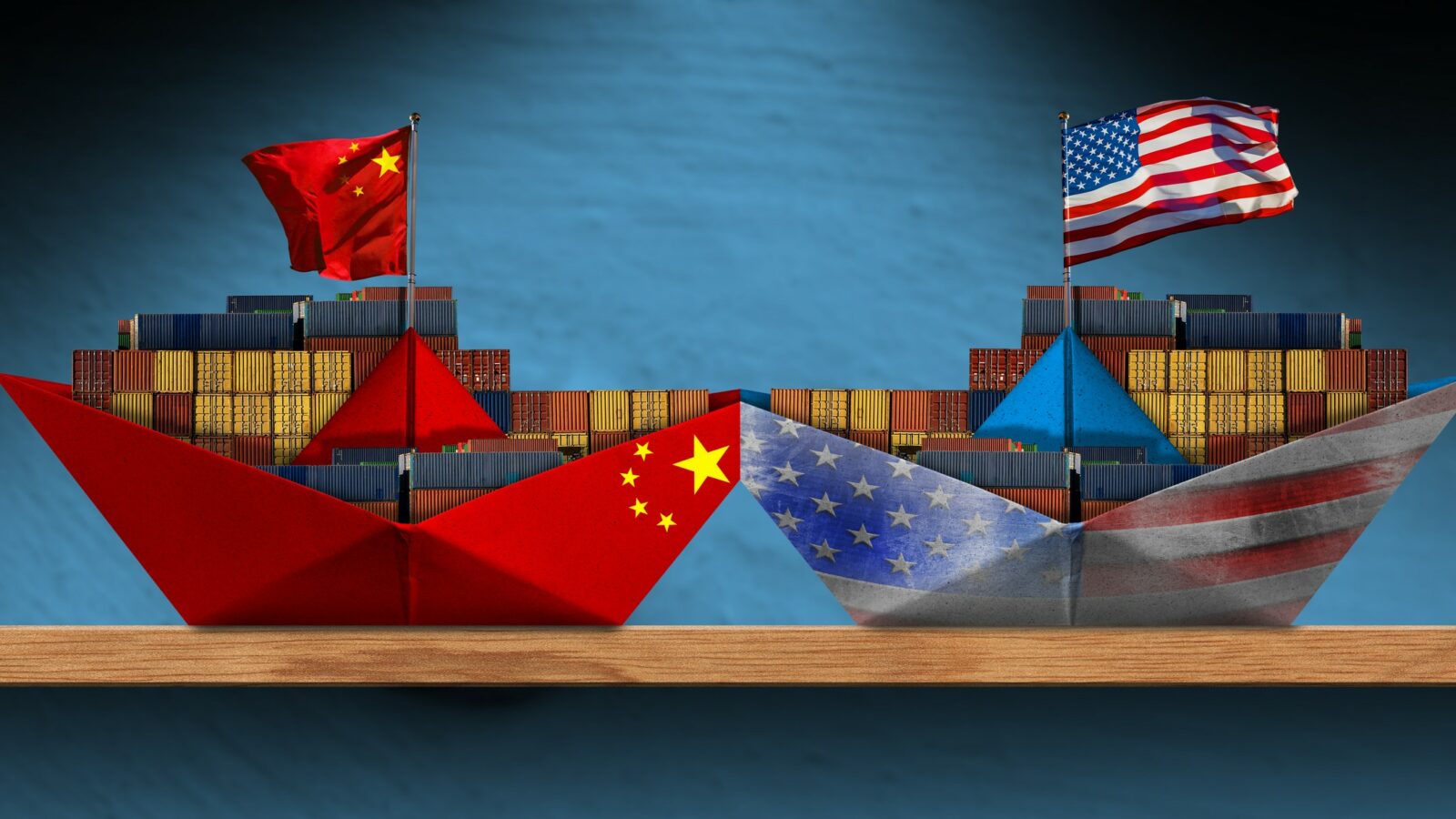


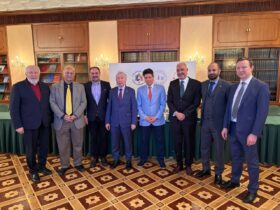

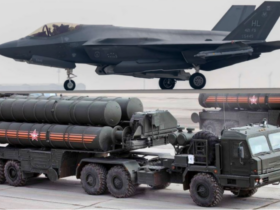
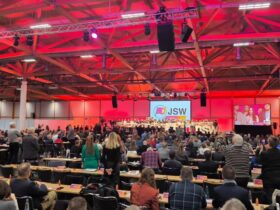

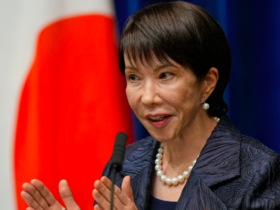
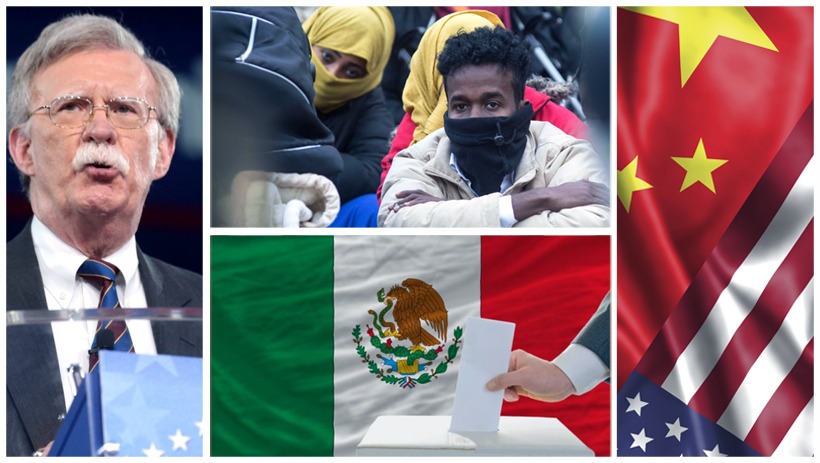
Leave a Reply